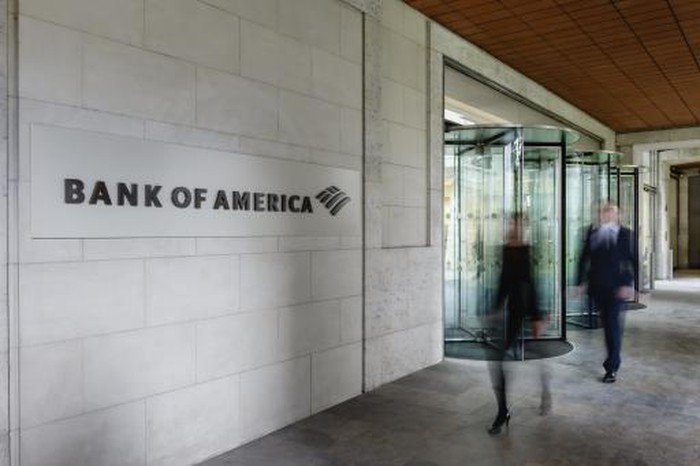The big U.S. banks have all now delivered their third-quarter reports, and overall, it was their best period of 2020 so far, mainly due to the fact that they took smaller credit-loss provisions. However, of the six large American banks that reported earnings first, Bank of America (NYSE:BAC) and Wells Fargo (NYSE:WFC) were two of the weaker performers: Bank of America missed consensus estimates on revenue and Wells Fargo missed on total profit.
But which of them would make a better investment from here?

Image source: Bank of America
The basics
Both banks are heavy commercial players and will see pressure on their loan margins as a result of the low-interest-rate environment. Both also have strong capital and liquidity positions. Bank of America has a $35 billion capital cushion above its required common equity tier 1 (CET1) capital ratio, which is a measure of a bank’s core capital expressed as a percentage of its risk-weighted assets. The bank also had more than $860 billion of liquidity. Wells Fargo had a $28 billion capital cushion above its required CET1 capital ratio, and liquidity of $494 billion.
Where Bank of America will be able to perform better is on non-interest income, which has been powered by strong investment banking fees and sales-and-trading activity. Its non-interest income declined compared to its superb second-quarter result, but is only down about 4% year over year. Wells Fargo, on the other hand, grew non-interest income by more than $1.5 billion sequentially, but it was still down by almost 9% year over year.
Although it has pledged to drastically decrease its expenses, it is unclear when Wells Fargo will begin to make progress toward that goal. Despite being the smaller of the two banks by assets, Wells Fargo’s quarterly expenses have exceeded those of Bank of America for much of the last year.
The asset cap
The other glaring problem for Wells Fargo is the $1.95 trillion asset cap the Federal Reserve placed on it in 2018 following its fake-accounts scandal.
As Deutsche Bank analyst Matt O’Connor pointed out on Wells Fargo’s recent earnings call when talking about the asset cap: “I think February is going to be three years, which investors ask me, like, how long I think it’s going to linger. And I’m like, I don’t really know, but there’s [been] four CEOs, three chairs, three years. There’s obviously been like a lot of change, a lot of effort .”
The asset cap has been extremely painful for the bank: Bloomberg estimated that it has cost Wells more than $4 billion in profits and more than $200 billion in market capitalization in a little more than two years. But the reality is that it’s not unheard of for the consent orders regulators impose on misbehaving banks to last for four or five years or more, although the asset cap is certainly different from the standard consent order.
To O’Connor’s point, it does seem like Wells Fargo has made serious efforts to remedy its issues, and the asset cap seems extremely punitive considering regulators also fined the bank $3 billion for the scandal. But I don’t think anyone can accurately predict how long the asset cap will last, and it really hurts the bank, especially in this low-interest-rate environment, because Wells Fargo can’t pump out more loan volume to offset its smaller loan profit margins. Wells Fargo CFO John Shrewsberry said net interest income could continue to soften in 2021, while most of its competitors (including Bank of America) think that net interest income has either bottomed out or will in the fourth quarter, and should begin to rise in 2021.
Buy Bank of America
All of that said, my opinion is that Bank of America is the better pick here. It will have higher revenue and most likely lower expenses, at least for the foreseeable future. Yes, Wells Fargo is trading at a significant discount — roughly 58% of book value. But Bank of America is one of the safest of the big banks in my opinion and is still only trading at about 85% of book value, leaving plenty of upside for the country’s second-largest bank.
